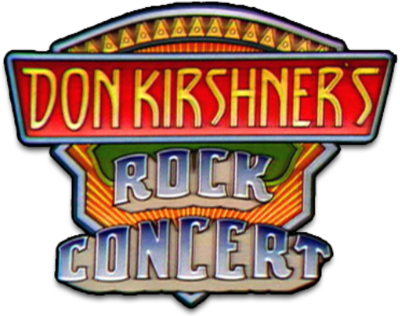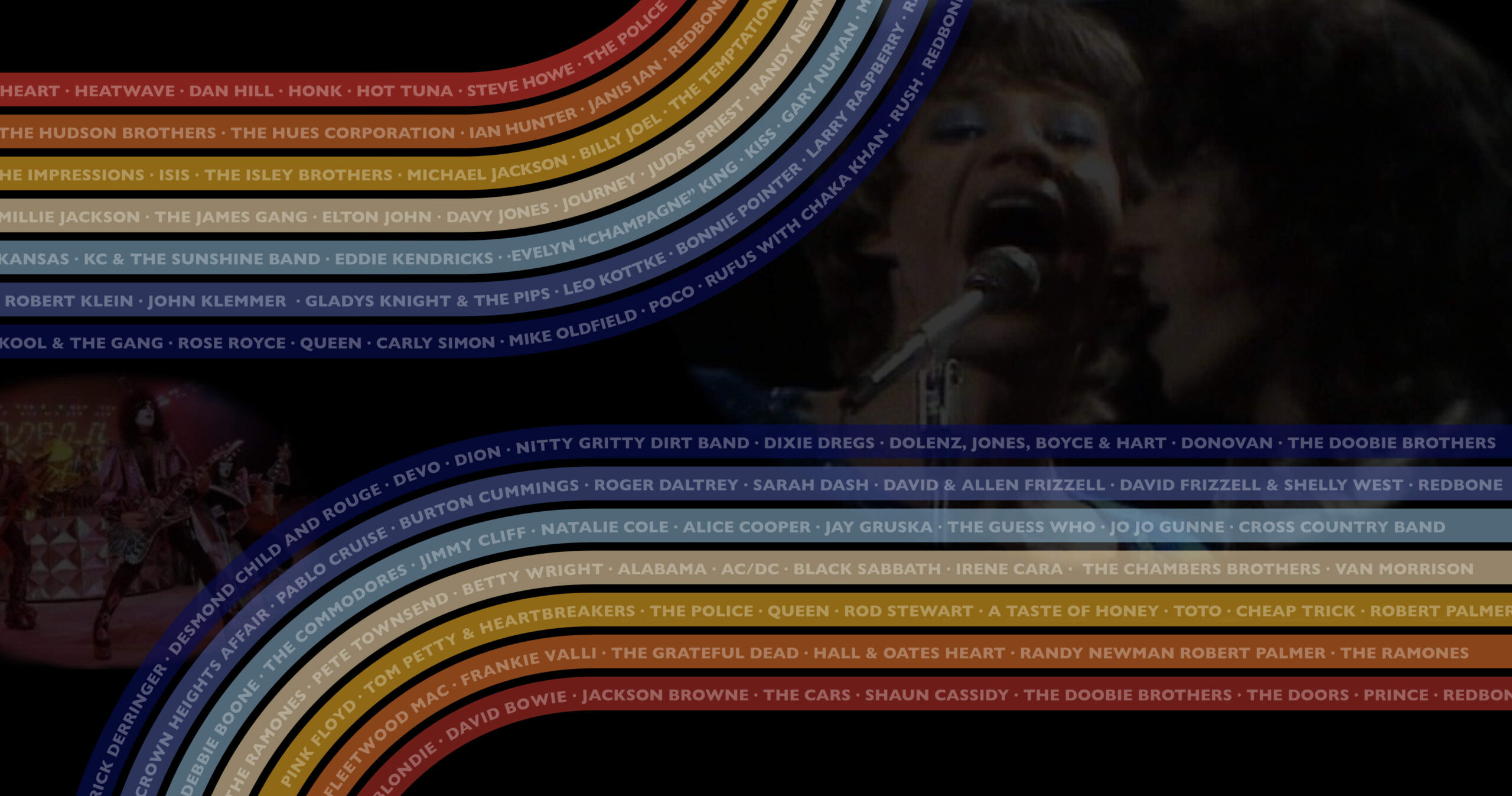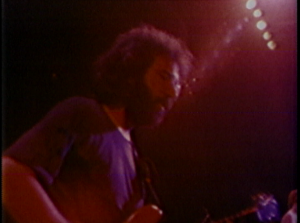Few bands that came out of the 1960s San Francisco rock scene had the staying power and influence of the Grateful Dead. Known for their musical virtuosity, extended jams, and their loyal fans lovingly called “Deadheads,” the Grateful Dead were one of America’s most successful live acts for decades.
Founded in the Bay Area in the mid-60s by guitar player Jerry Garcia, the Grateful Dead utilized a unique blend of traditional country, blues, jazz, and rock. Garcia, joined by fellow guitarist Bob Weir, bassist Phil Lesh, multi-instrumentalist Ron “Pigpen” McKernan, drummer Bill Kreutzmann, and percussionist Mickey Hart would make up the group’s classic lineup.
While they would record several acclaimed and commercially successful studio albums, the widely recognized core of the Grateful Dead experience was their live concerts. Renowned for their group improvisations, the band would stretch out, or jam, with their wide repertoire of standards and originals to the point where some songs reached 20 minutes or more in length. They were also celebrated for their “segues:” seamlessly transitioning to the next song without breaking. The popularity of their live performances were spread through the trading of bootleg tapes, a practice encouraged by the band. These characteristics can be seen in numerous groups active today, such as Phish and Dave Matthews Band.
After building a solid fan base in California, the Dead took their act across the country, beginning their journey to becoming one of the most toured bands in music history. This would include a stop at the legendary Woodstock Festival in 1969 and a tour of Europe in 1972. This string of success was not without some serious challenges. In early 1970, the group’s hotel room in New Orleans was raided by the police, which resulted in drug possession charges. A couple months later, Lenny Hart, Mickey’s father, who managed the Grateful Dead, skipped town with the band’s money. This conflict would lead to Mickey Hart briefly leaving the group before returning in the mid-70s. Most tragically was the death of keyboard and harmonica player Ron “Pigpen” McKernan in 1973 to liver disease.
However, thanks to a rotating series of musicians, a highly devoted fanbase, and a constant touring schedule, the Grateful Dead maintained their success throughout the decades. In 1977, Don Kirshner’s Rock Concert featured excerpts from the newly released Grateful Dead Movie. The movie was a concert film documenting the Grateful Dead live experience.
Unfortunately, tragedy would strike the band again in 1995 when Jerry Garcia, long considered the heart and soul of the Grateful Dead, passed away after some years of declining health. The group would survive in various incarnations over the years, including The Other Ones and The Dead. Bob Weir and Phil Lesh still perform the music of the Grateful Dead with their band Furthur.
In 1994 the band was honored with an induction into the Rock and Roll Hall of Fame. The Grateful Dead’s impact on music goes without question. Throughout their 30 year run, few bands did as much to elevate the status of the rock concert from mere entertainment to an experience of collective spirituality.


